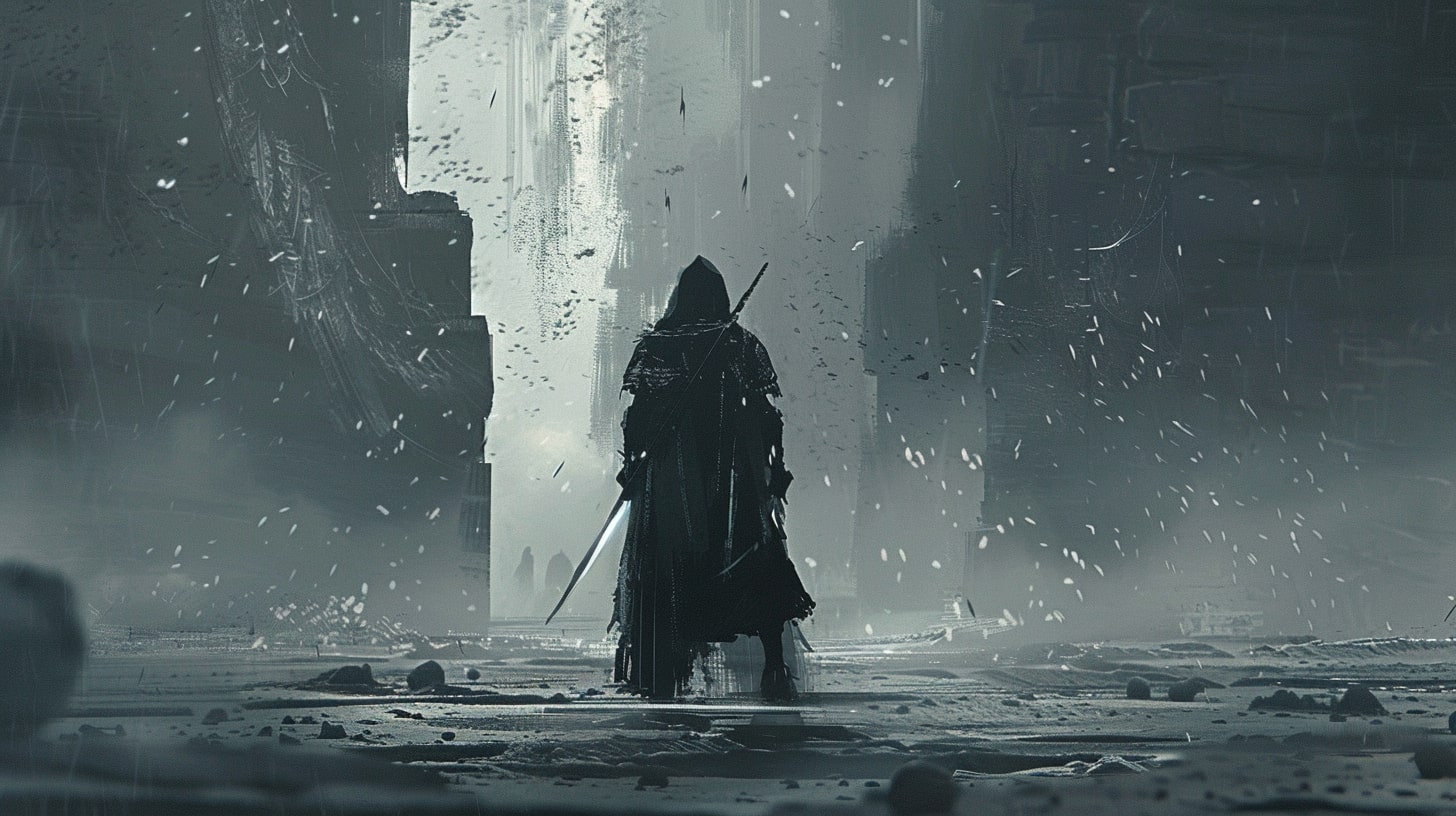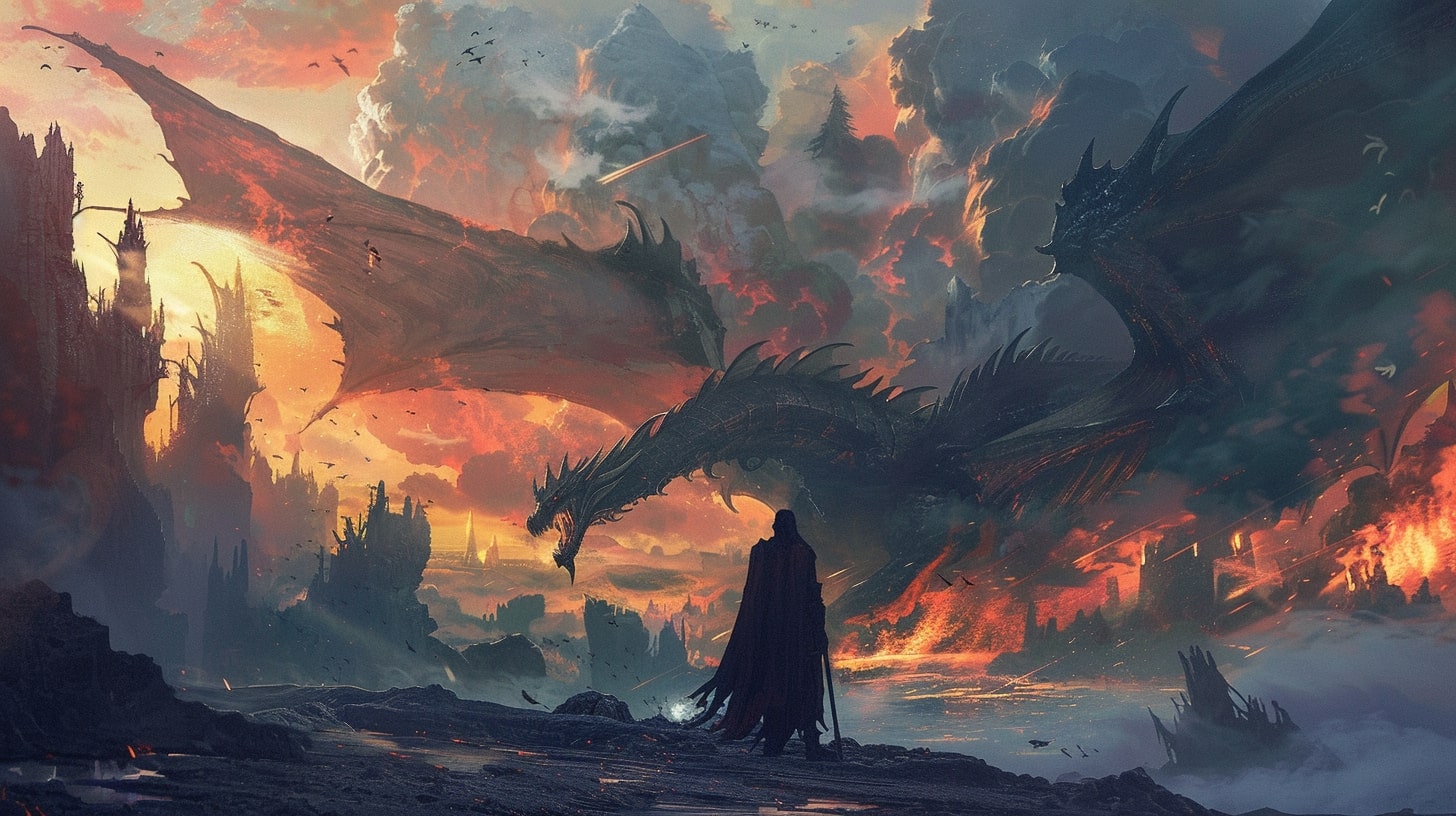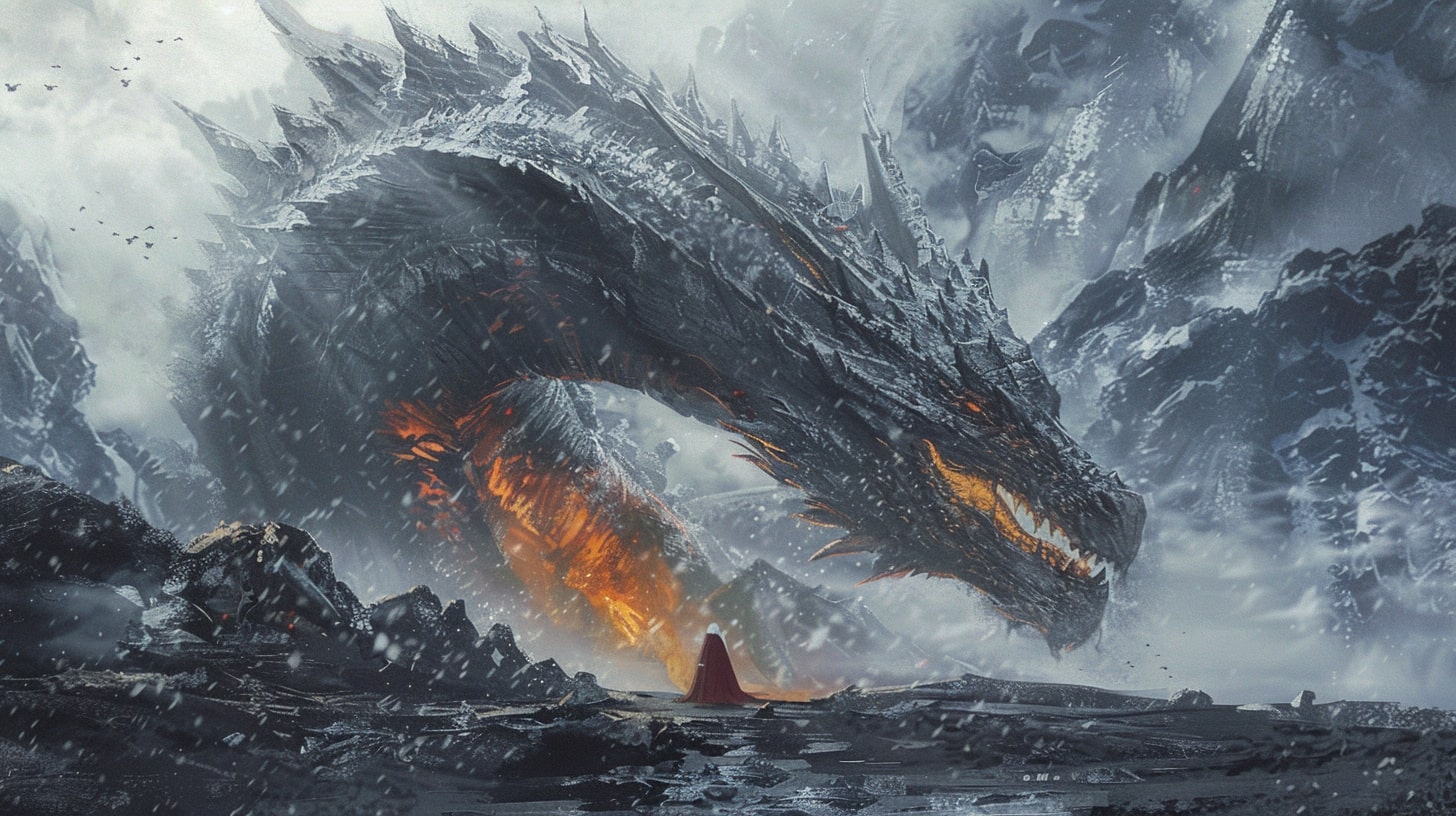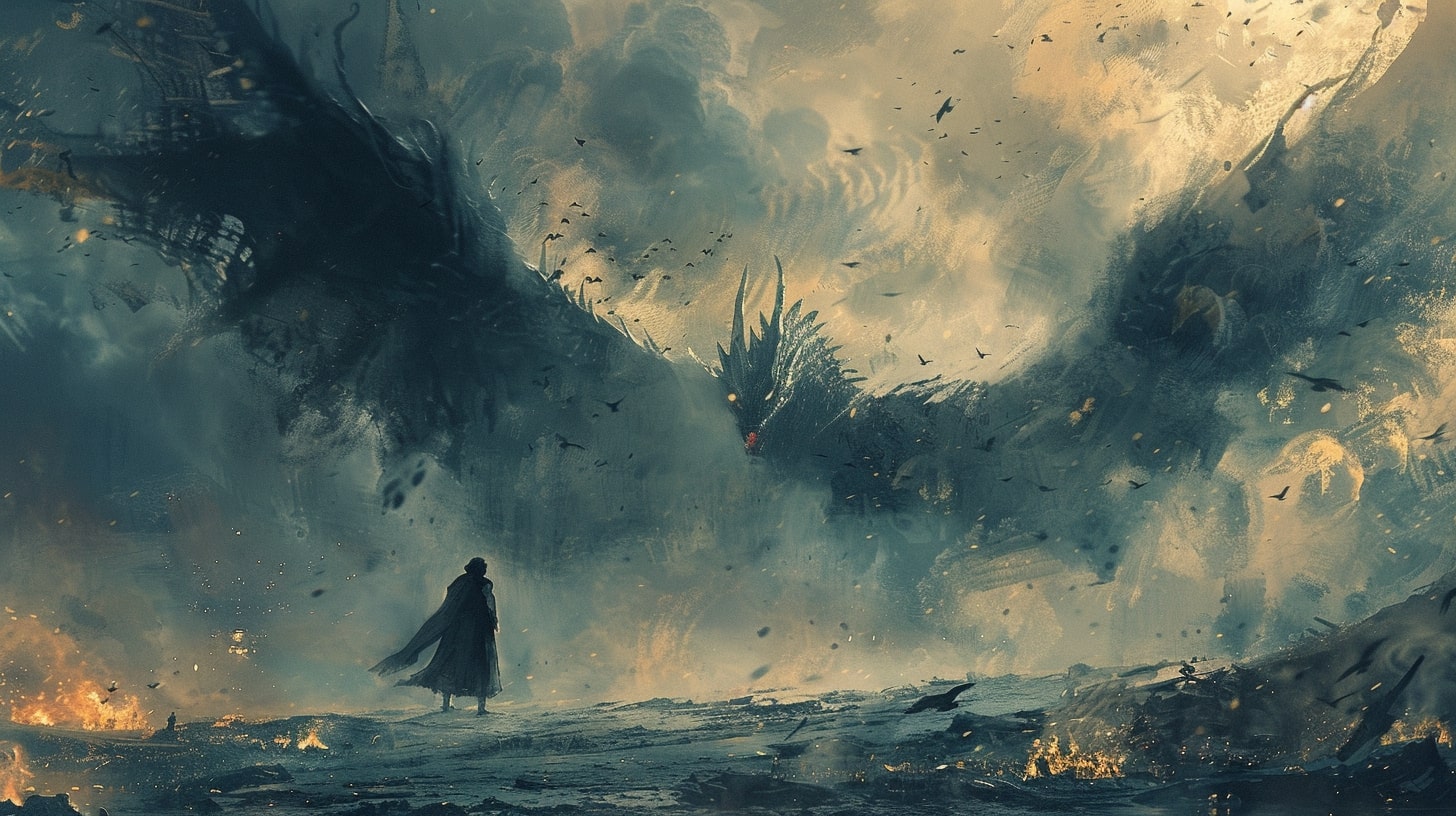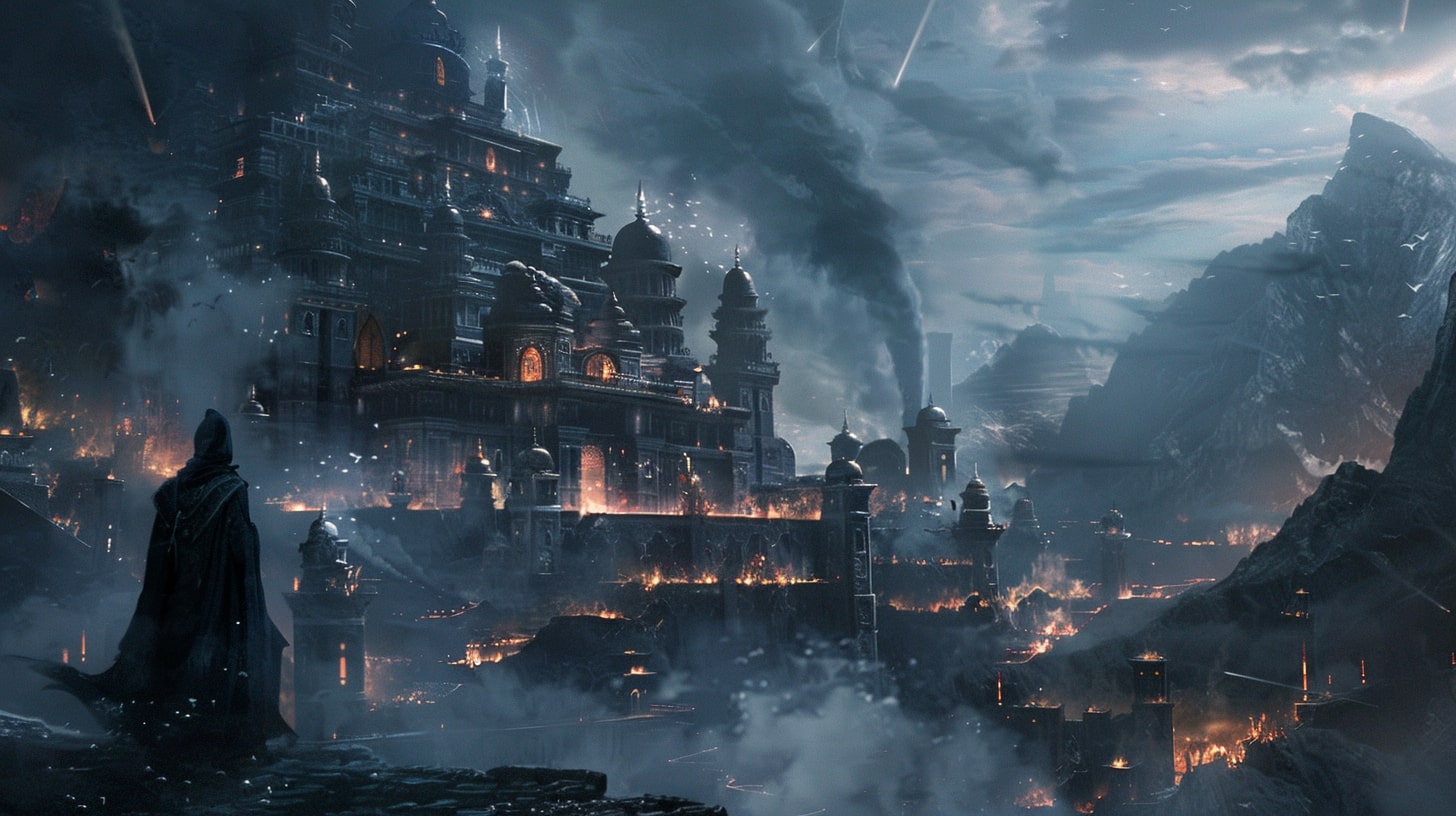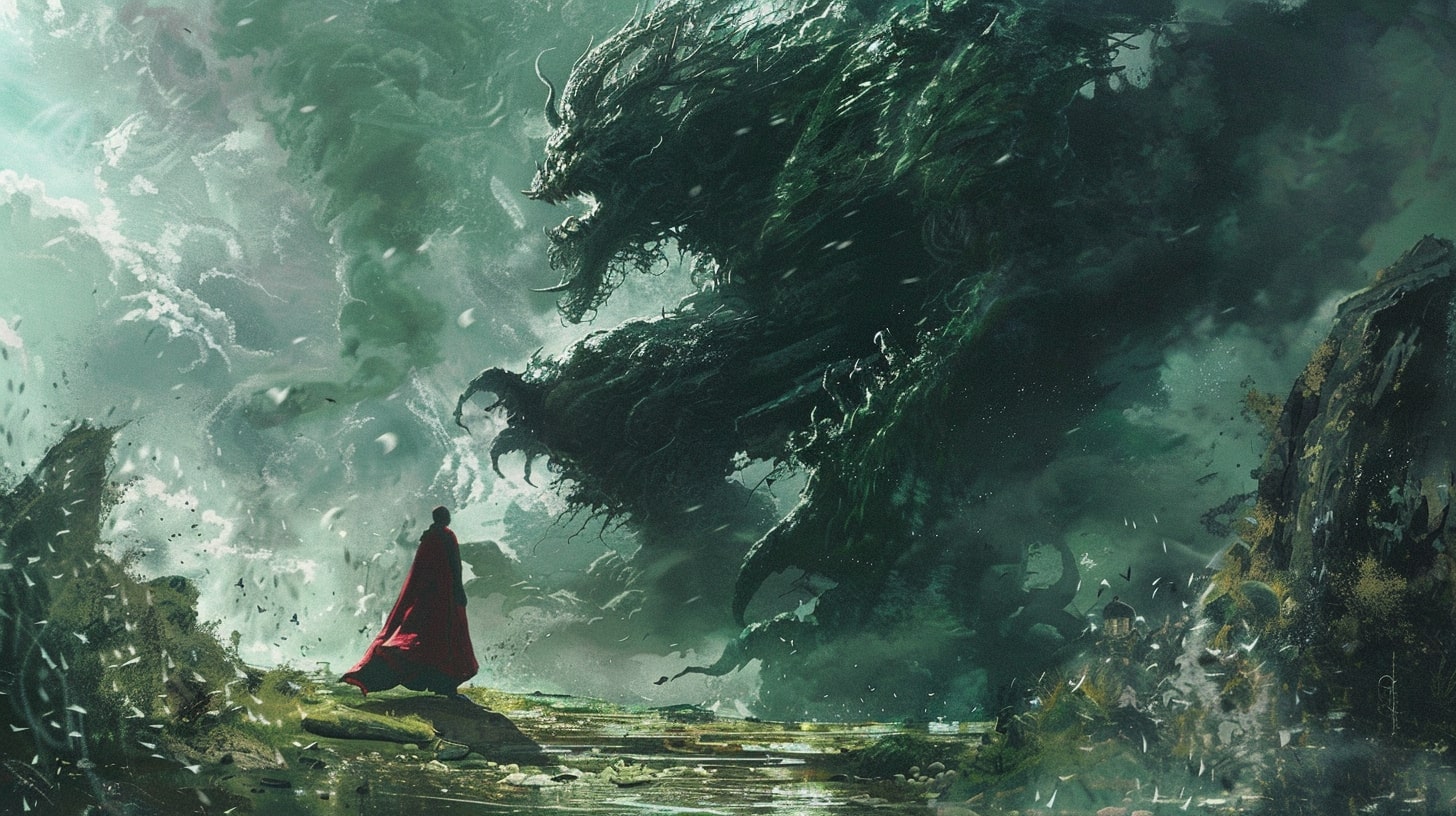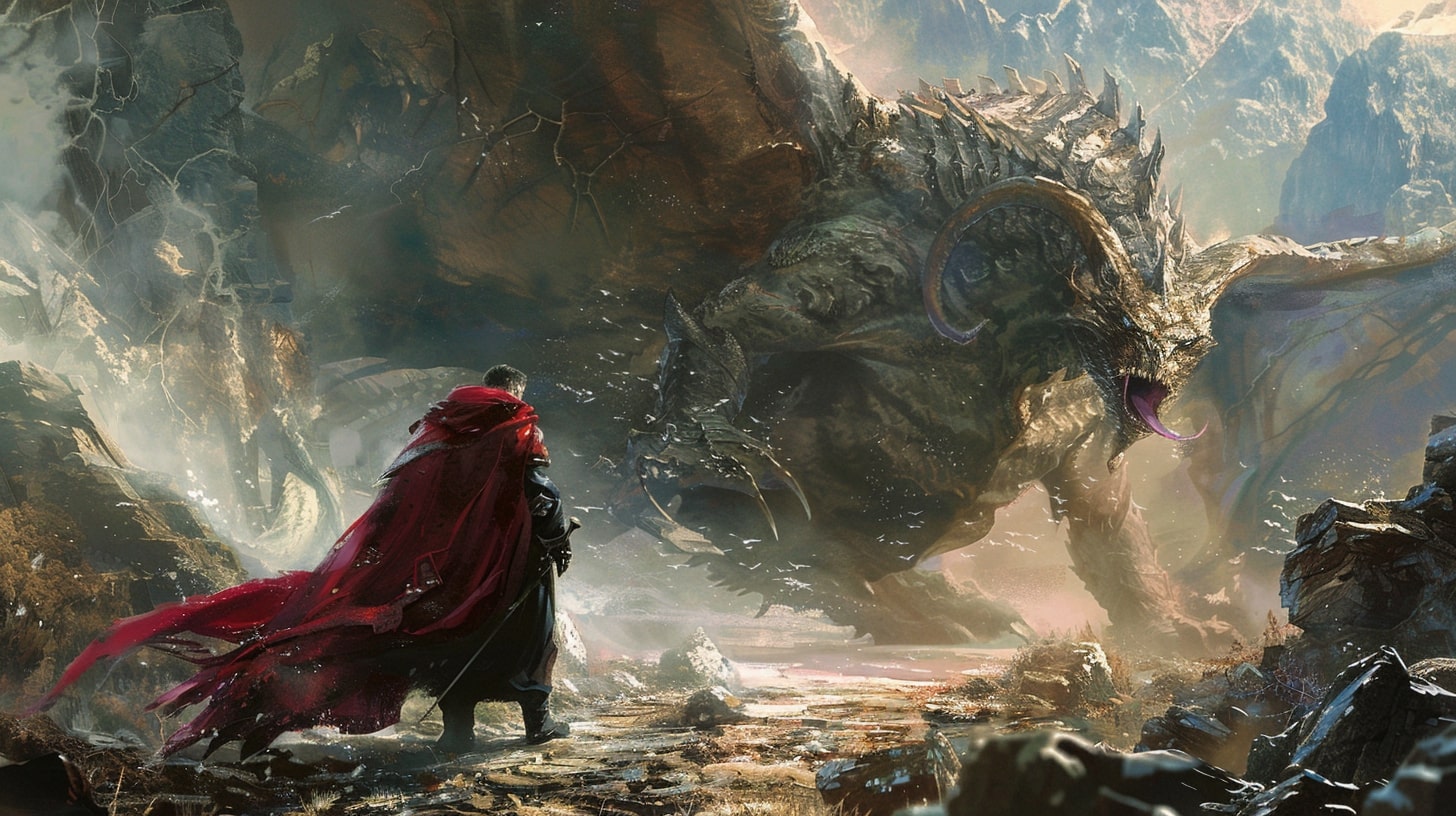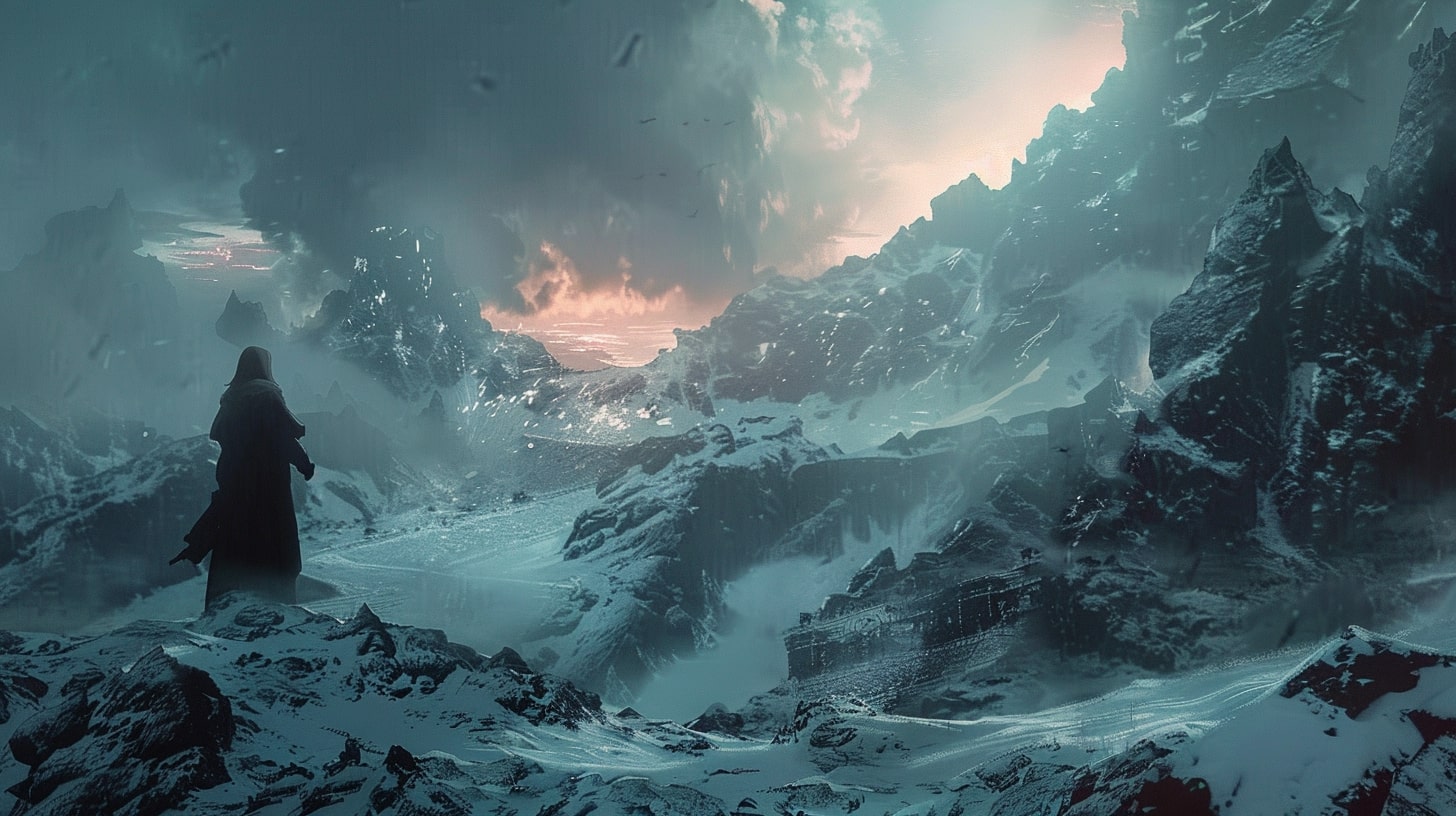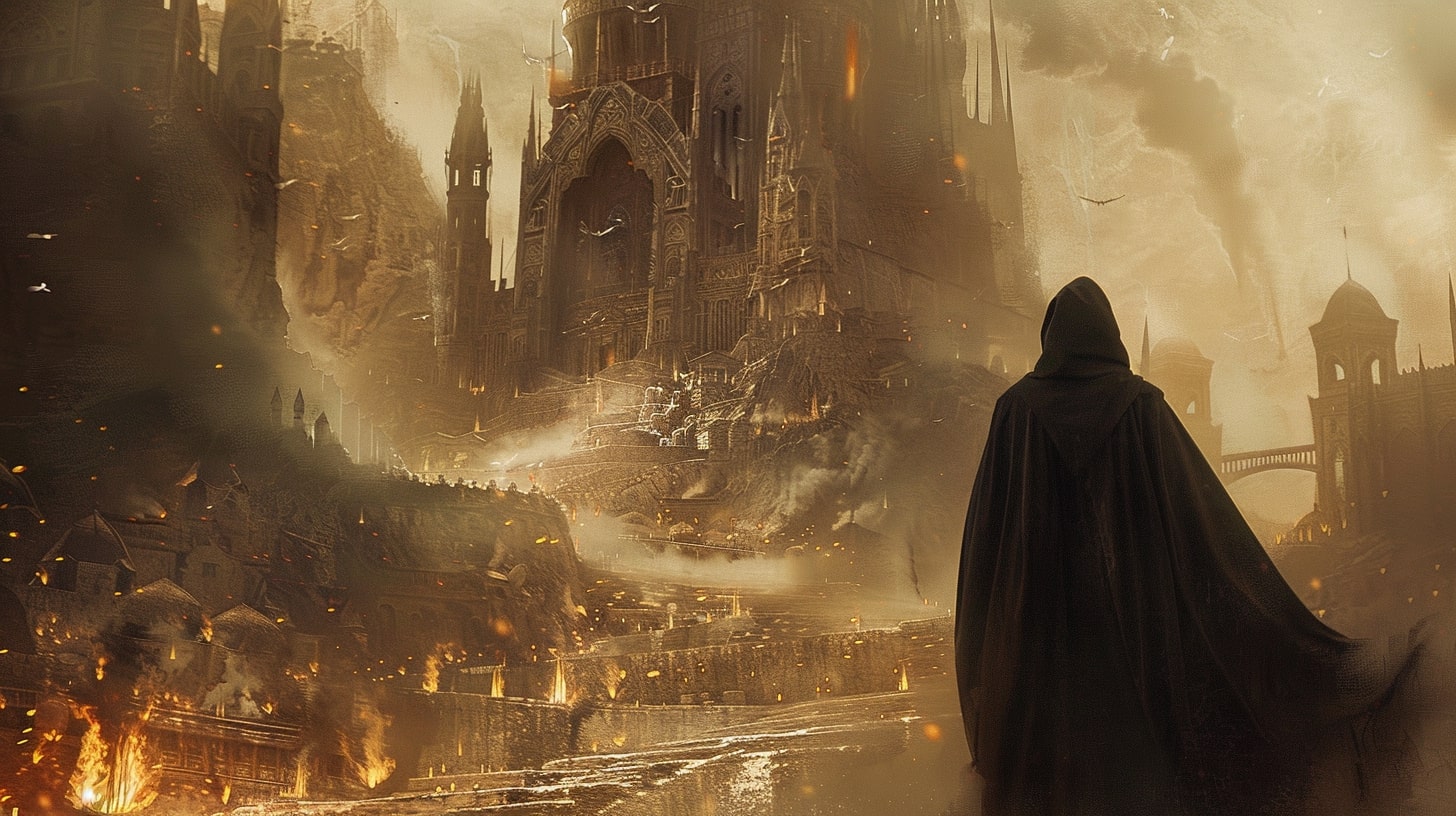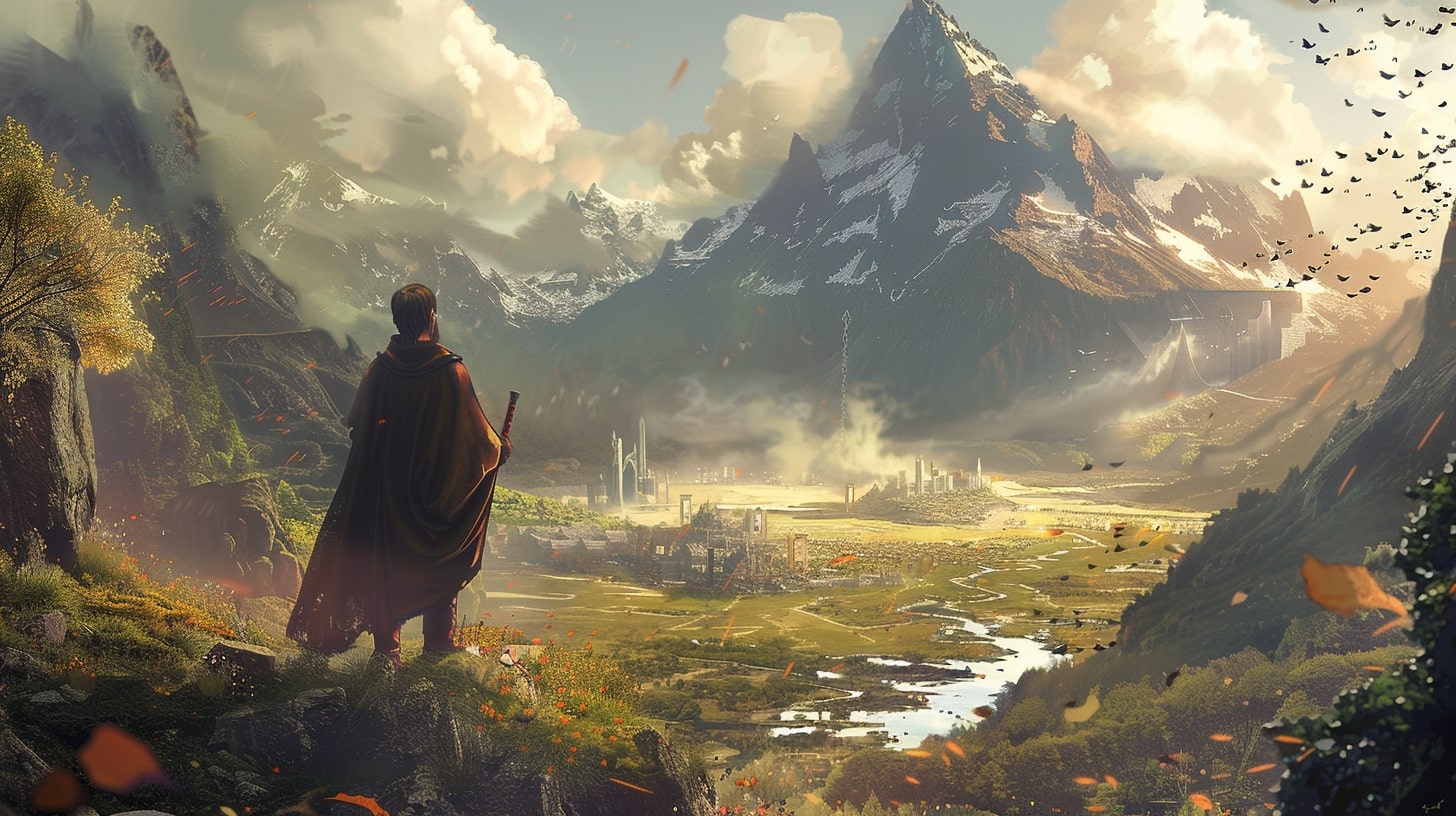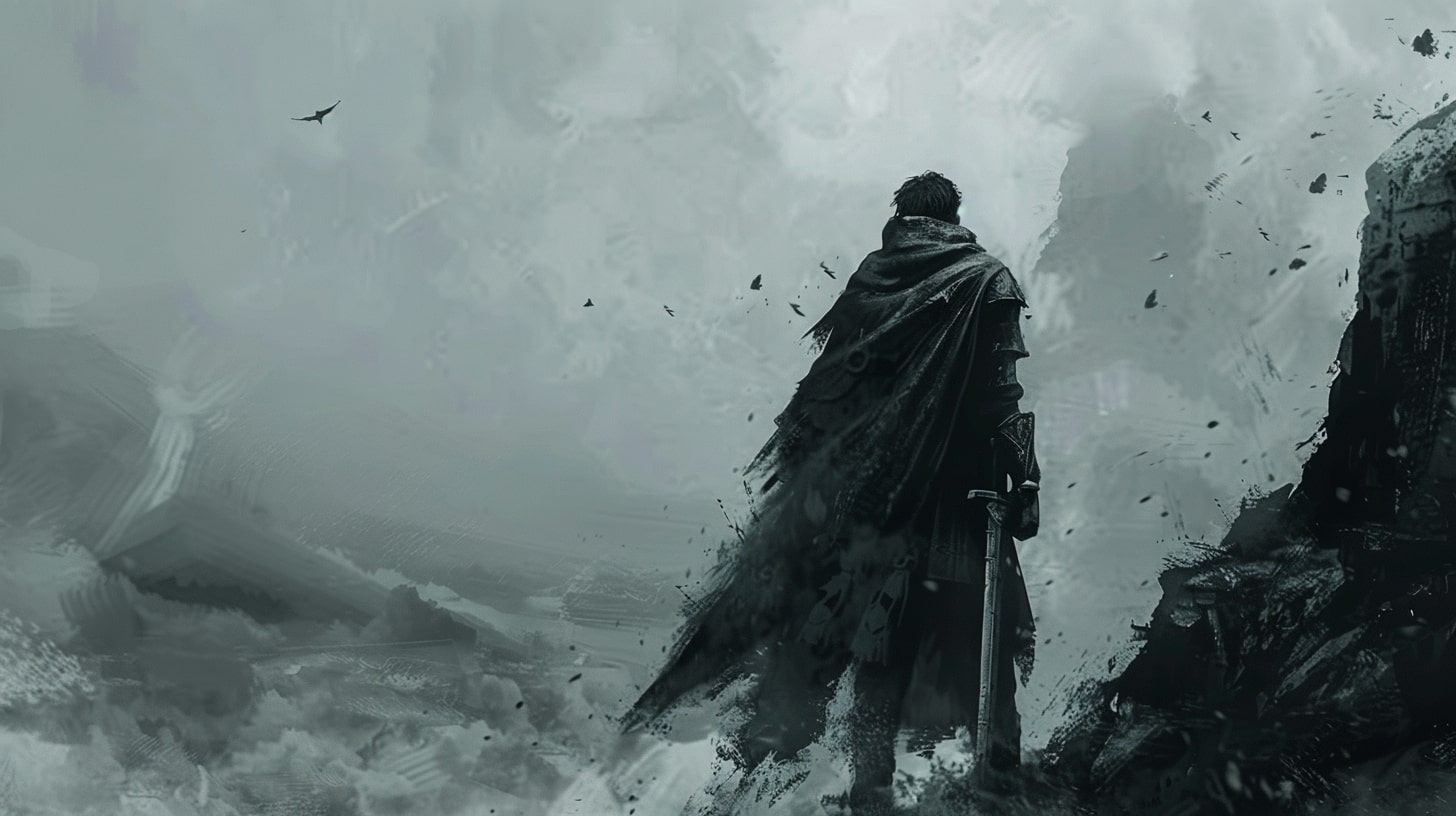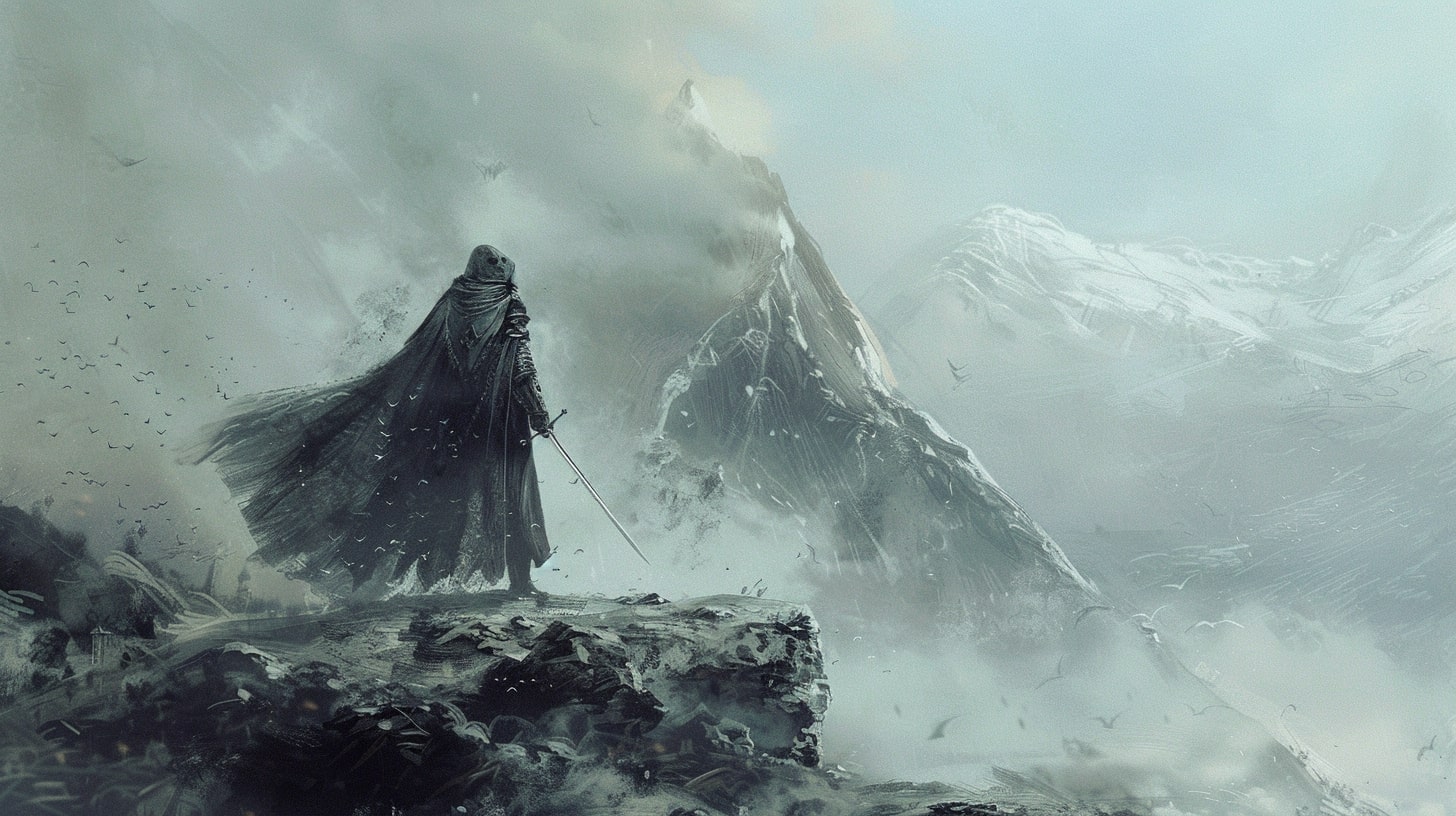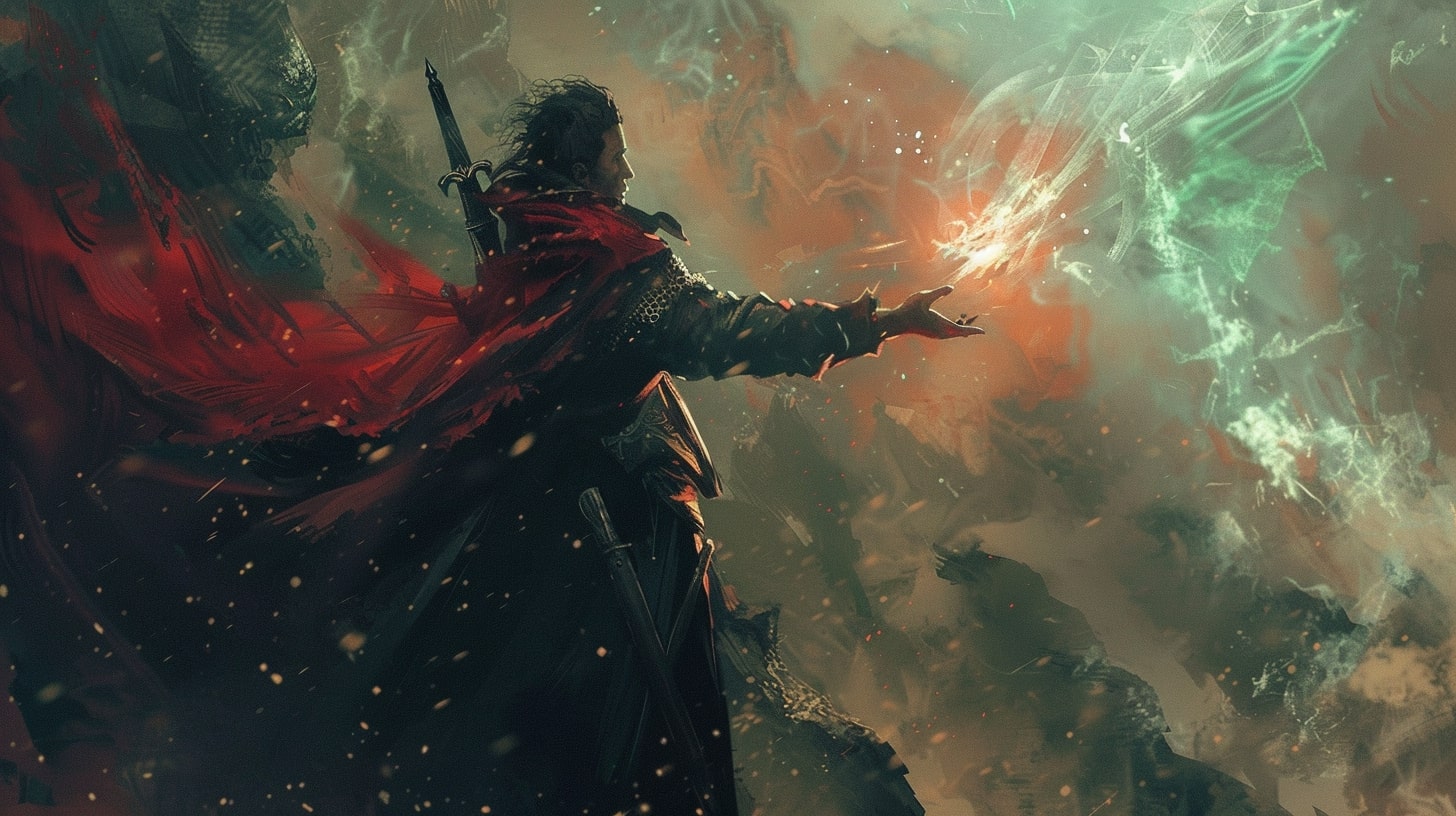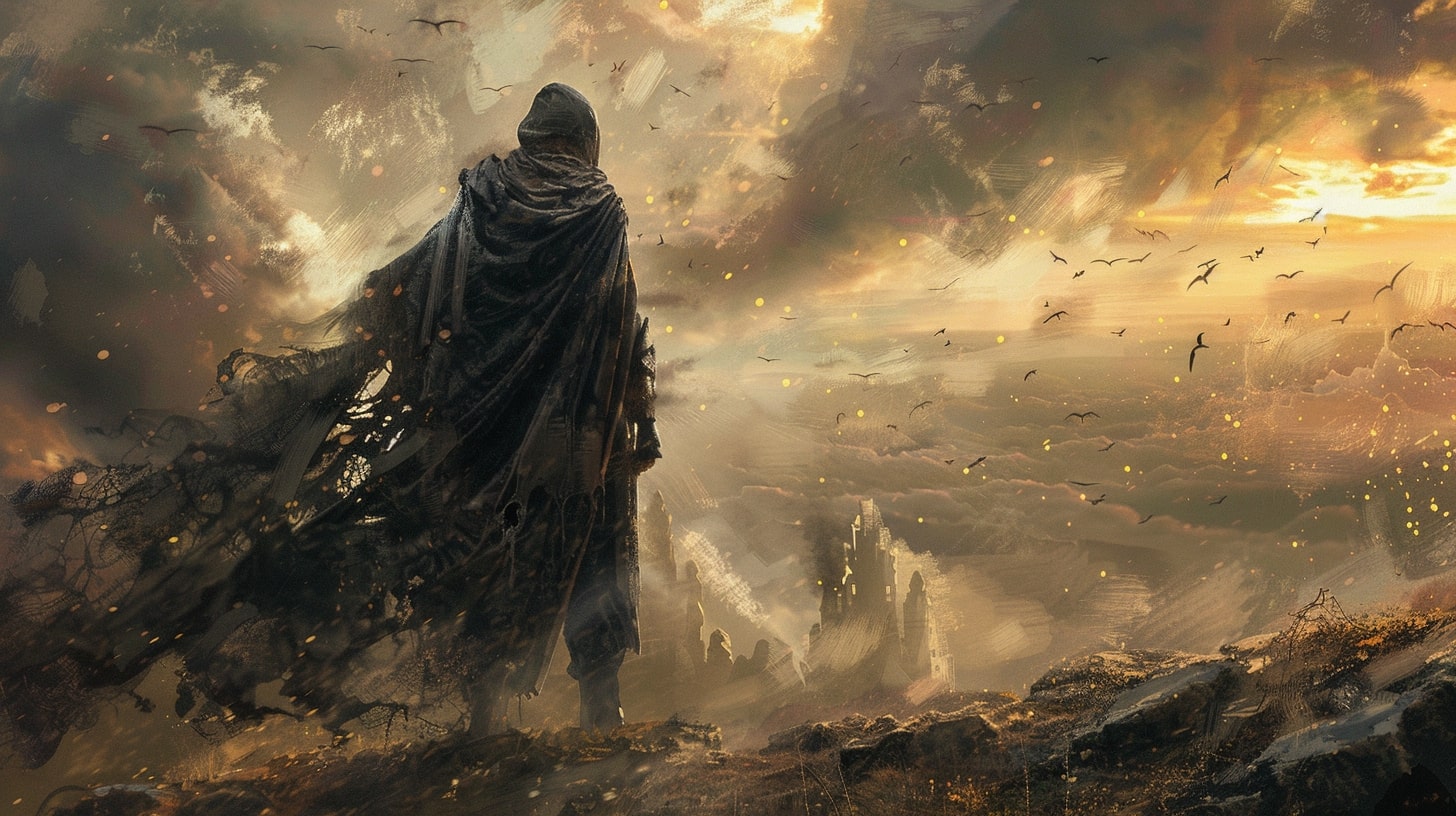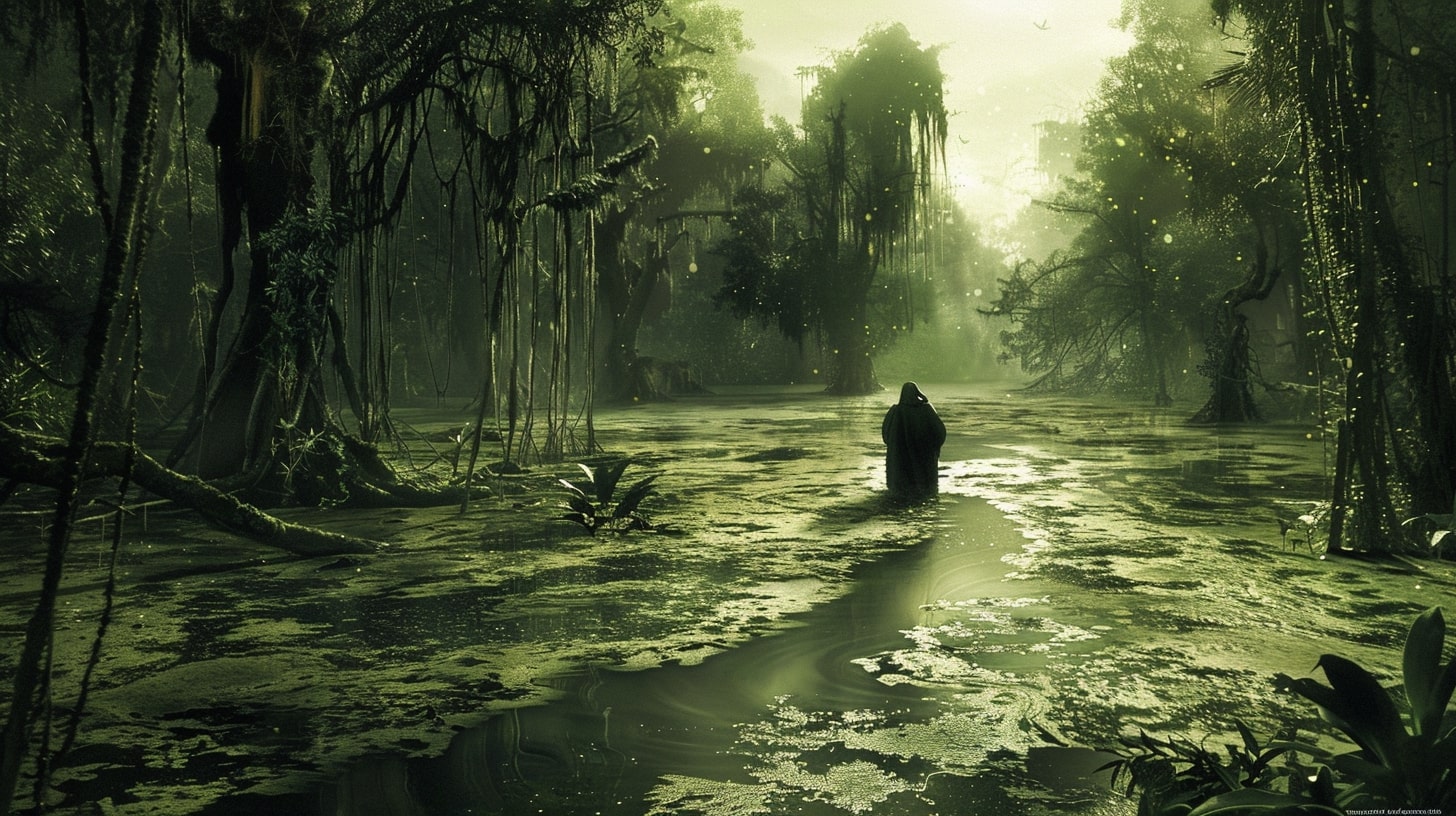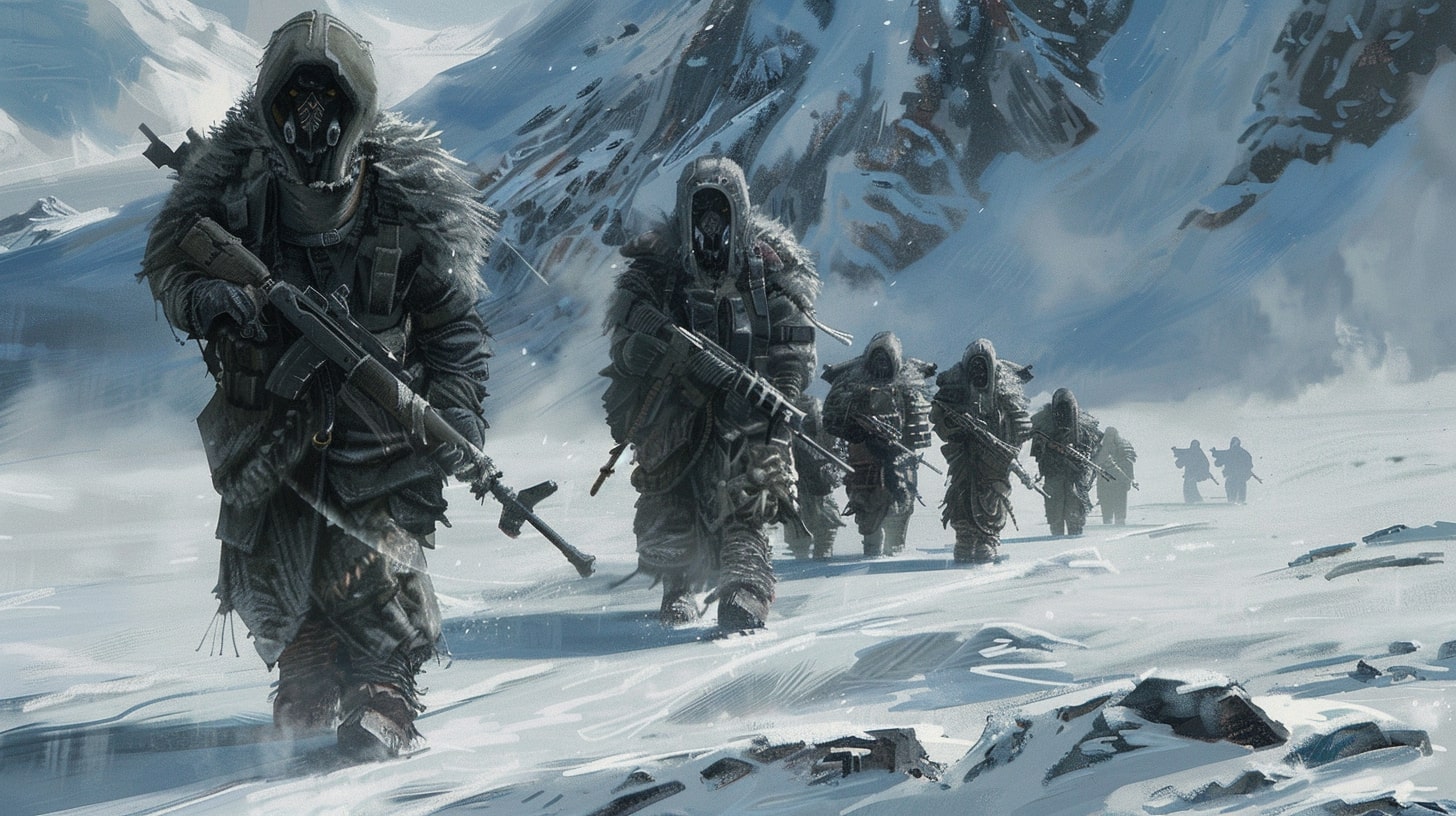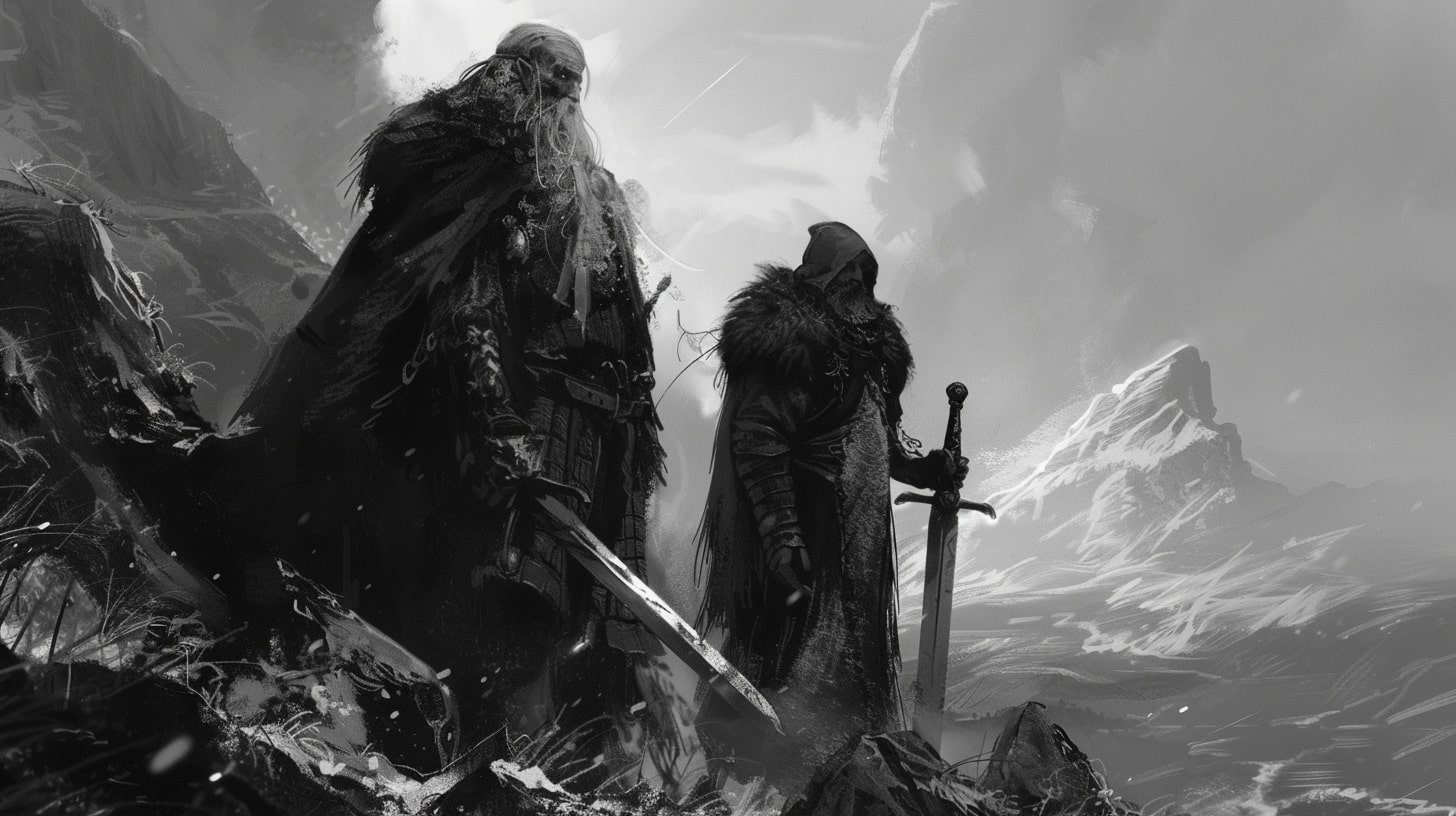Unleash Your Characters Potential
In the world of storytelling, well-developed characters can make or break a story. They have the power to captivate readers, evoke emotions, and drive the narrative forward. To truly bring your characters to life, it’s essential to explore the archetypes that exist within storytelling.
Ready to explore the different character archetypes in storytelling? Then it’s time to dive into some awesome character development.
The Power of Well-Developed Characters
Creating memorable characters is like unlocking a hidden treasure chest of storytelling potential. When readers connect with well-developed characters, they become emotionally invested in their journey. These characters can inspire, challenge, and entertain, leaving a lasting impact on the audience.
By delving into the depths of your characters’ personalities, desires, flaws, and growth, you can create multidimensional individuals that resonate with readers. To get started, consider exploring various aspects of character development, such as personality traits, backstory ideas, and strengths and weaknesses.
Exploring Archetypes in Storytelling
Archetypes, derived from the study of psychology and mythology, are universal character patterns that have existed throughout human history. These archetypes serve as templates for creating characters that tap into deep-seated human experiences and emotions.
By understanding and utilizing archetypes in your storytelling, you can create characters that feel familiar yet unique. Each archetype brings its own set of characteristics, motivations, and conflicts to the story. This allows you to explore different facets of the human condition and create engaging narratives.
Throughout this article, we will explore various archetypes commonly found in storytelling. From the heroic protagonist to the cunning trickster, each archetype offers a rich foundation for character development. By blending and subverting these archetypes, you can create characters that defy expectations and keep readers on their toes.
Before we embark on this journey of character exploration, remember that archetypes are not rigid molds that limit your creativity. They are tools that can be used to inspire and guide your character development process. So, let’s dive into the world of archetypes and unleash your characters’ potential!
Next, we will delve into the Hero Archetype and explore its characteristics, as well as examples of hero archetypes in literature and film. Get ready to embark on an epic adventure with your characters!
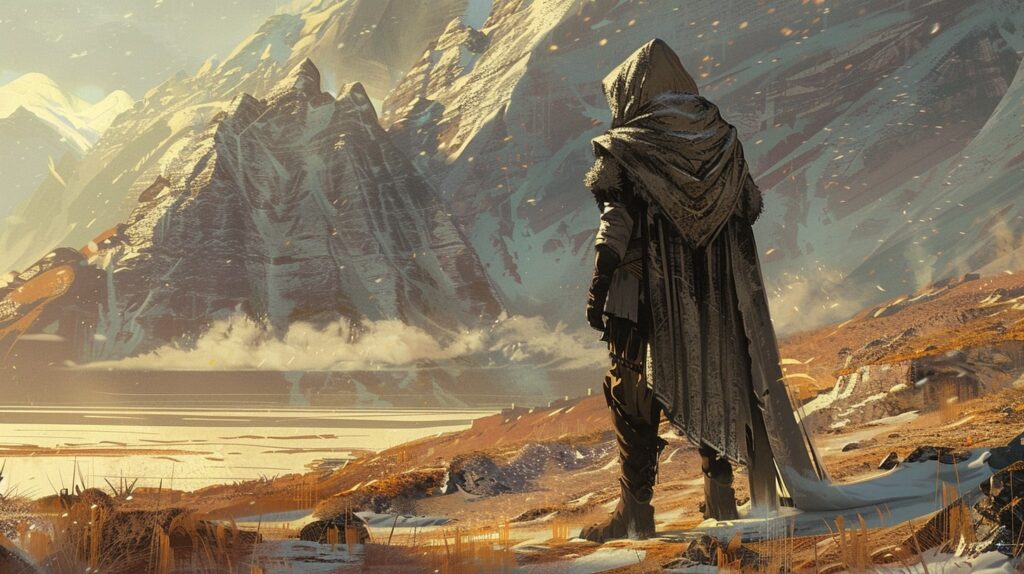
The Hero Archetype
Ah, the hero archetype! The epitome of courage, bravery, and all things heroic. This archetype has graced countless literature and film works, captivating audiences with their noble endeavors and unwavering determination. Now, let’s dive into the characteristics that make a hero truly heroic and explore some iconic examples from the realms of literature and film.
Characteristics of the Hero
Heroes possess a unique set of characteristics that set them apart from the rest. Here are some key traits you should consider when crafting your own heroic characters:
Courage: Heroes are known for their bravery in the face of adversity. They fearlessly tackle challenges head-on and are willing to sacrifice themselves for the greater good.
Morality: Heroes possess a strong moral compass. They consistently strive to do what is right, even when faced with difficult choices.
Selflessness: Putting others before themselves is a hallmark of heroes. They are driven by a desire to help and protect those in need, sometimes at great personal cost.
Resilience: Heroes display unwavering determination and perseverance. They don’t give up easily and face setbacks with optimism and strength.
Leadership: Heroes often find themselves leading others towards a common goal. They inspire and motivate those around them, rallying support and guiding their allies.
Examples of Hero Archetypes in Literature and Film
Now, let’s explore some iconic examples of heroes from literature and film. These characters embody the hero archetype and have become beloved symbols of courage and inspiration:
| Character | Origin | Archetype Traits |
|---|---|---|
| Harry Potter | Harry Potter series by J.K. Rowling | Courageous, morally driven, selfless, resilient, leader |
| Luke Skywalker | Star Wars saga | Brave, guided by moral principles, willing to sacrifice, determined, leader |
| Katniss Everdeen | The Hunger Games trilogy by Suzanne Collins | Fearless, protector of others, sacrifices herself for loved ones, resilient, leader |
| Wonder Woman | DC Comics, Wonder Woman film | Courageous, fights for justice, selfless, resilient, leader |
| Frodo Baggins | The Lord of the Rings trilogy by J.R.R. Tolkien | Courageous, driven by a sense of duty, selfless, resilient, leader |
These examples showcase the diversity and depth of the hero archetype. From the wizarding world of Harry Potter to a galaxy far, far away in Star Wars, heroes continue to capture our imaginations and inspire us with their extraordinary journeys.
As a writer, you have the power to unleash the potential of your characters by incorporating the hero archetype. By infusing your characters with the traits of heroes, you can create protagonists who will captivate readers and guide them through epic adventures. Remember to explore other archetypes as well, such as the villain or the mentor, to add depth and complexity to your storytelling.
So, embrace the hero archetype and let your characters embark on quests that will leave readers cheering for their triumphs and eagerly turning the pages of your story.

The Villain Archetype
Ah, the villain! The character we love to hate and hate to love. Every captivating story needs a compelling villain to challenge the hero and add that extra layer of excitement. Let’s take a closer look at the characteristics of the villain archetype and explore some examples from literature and film.
Characteristics of the Villain
When it comes to villains, it’s all about the dark side. These characters embody traits that make them formidable adversaries for the hero. Here are some key characteristics you might find in a villain:
- Malevolence: Villains are notorious for their wickedness and evil intentions. They relish in causing chaos and harm, often driven by a desire for power, revenge, or simply the thrill of being bad.
- Intelligence: Villains are rarely dull-witted. They possess a sharp intellect that allows them to devise cunning plans and outsmart their adversaries.
- Manipulation: Villains are masters of manipulation. They know how to play mind games, deceive others, and exploit weaknesses to further their own agenda.
- Lack of Empathy: Villains often lack empathy and compassion. They are willing to sacrifice others for their own gain and are indifferent to the suffering they cause.
- Complex Motivations: While some villains may be driven by pure evil, others have complex motivations that add depth to their character. They may have experienced past trauma or have a skewed sense of justice that fuels their actions.
Examples of Villain Archetypes in Literature and Film
Now, let’s dive into some examples of the villain archetype in action. From classic literature to blockbuster movies, villains have left an indelible mark on storytelling. Here are a few notable examples:
| Archetype | Character | Source |
|---|---|---|
| Evil Sorcerer | Lord Voldemort | Harry Potter series by J.K. Rowling |
| Manipulative Mastermind | Keyser Söze | The Usual Suspects (1995) |
| Power-Hungry Tyrant | Emperor Palpatine | Star Wars saga |
| Femme Fatale | Cersei Lannister | A Song of Ice and Fire series by George R.R. Martin |
| Mad Scientist | Dr. Hannibal Lecter | The Silence of the Lambs (1991) |
| Corrupt Businessperson | Gordon Gekko | Wall Street (1987) |
These examples demonstrate the wide range of villain archetypes found in storytelling. From magical realms to gritty crime dramas, villains come in all shapes and sizes. They keep us on the edge of our seats, wondering what wickedness they’ll unleash next.
By understanding the characteristics of the villain archetype and studying examples from literature and film, you can create your own memorable villains that will leave readers and viewers captivated. Just remember, it’s all in good fun – or should we say, evil fun?
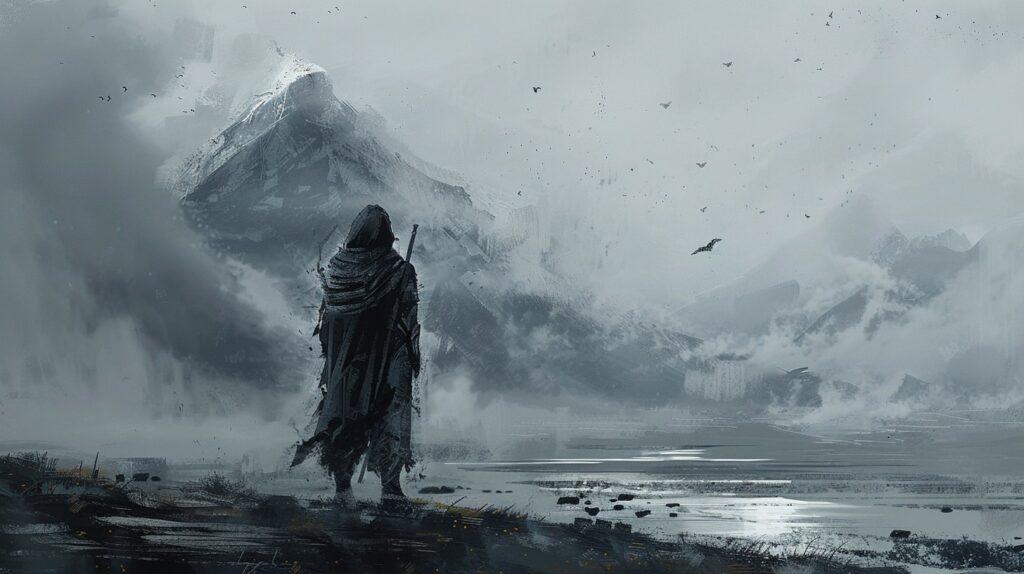
The Mentor Archetype
Ah, the wise and experienced mentor—the character who guides the protagonist on their epic journey with sage advice and invaluable knowledge. The mentor archetype is a staple in literature and film, providing guidance, support, and often a touch of humor along the way. So, what are the characteristics that make this archetype so memorable? Let’s find out!
Characteristics of the Mentor
When crafting a mentor character, there are a few key characteristics to keep in mind. First and foremost, mentors are typically older and possess a wealth of wisdom and experience. They have mastered their craft or have a deep understanding of the world in which the story unfolds.
Mentors are patient and nurturing, always ready to lend a helping hand and provide guidance to the protagonist. They possess the ability to see the potential in others and believe in their abilities, even when the protagonist may doubt themselves. Mentors often share their own personal stories and impart valuable life lessons, offering a unique perspective that helps shape the protagonist’s journey.
In addition to their wisdom, mentors are often portrayed as eccentric or quirky, injecting humor and lightheartedness into the story. Their unusual habits or peculiar mannerisms make them endearing and memorable to both the protagonist and the audience.
Examples of Mentor Archetypes in Literature and Film
Now that we’ve explored the characteristics of the mentor archetype, let’s take a look at some iconic examples from literature and film:
| Mentor Archetype | Examples |
|---|---|
| Obi-Wan Kenobi | Star Wars (film series) |
| Gandalf the Grey | The Lord of the Rings (novel series) |
| Professor Albus Dumbledore | Harry Potter (novel series) |
| Haymitch Abernathy | The Hunger Games (novel series) |
| Yoda | Star Wars (film series) |
| Rafiki | The Lion King (animated film) |
These characters not only guide the protagonist on their journey but also provide crucial insights and support. From Obi-Wan Kenobi’s wise counsel to Haymitch Abernathy’s unconventional mentoring style, these mentors play an integral role in shaping the destinies of the main characters.
By incorporating a mentor archetype into your storytelling, you can add depth and complexity to your protagonist’s journey. The mentor provides an essential support system and acts as a catalyst for growth and transformation. So, embrace the wisdom of the mentor archetype and unleash your character’s full potential!
To further enhance your character development skills, check out our articles on character personality traits and character development worksheet. Happy writing!
The Sidekick Archetype
Ah, the trusty sidekick! Every hero needs one, right? The sidekick archetype is a beloved character type in storytelling that adds depth, humor, and support to the main protagonist.
They’re like the peanut butter to your jelly, the cheese to your macaroni, the Robin to your Batman. Let’s take a closer look at the characteristics of the sidekick archetype and some examples of sidekicks in literature and film.
Characteristics of the Sidekick
The sidekick is often a loyal and dependable companion to the main character. They provide assistance, comic relief, and a different perspective on the events unfolding in the story. Here are some common characteristics of the sidekick archetype:
- Supportive: The sidekick is there to support the hero in their journey, offering advice, encouragement, and sometimes even saving the day.
- Comedic Relief: They bring humor to the story, lightening the mood and providing comic relief in tense or serious situations.
- Contrasting Traits: Sidekicks often have contrasting traits to the main character, highlighting their strengths and weaknesses.
- Skill Set: While they may not possess the same level of skills or abilities as the hero, sidekicks often have their own unique talents that complement the hero’s abilities.
- Character Growth: Sidekicks can experience their own character arcs, growing and developing as the story progresses.
Examples of Sidekick Archetypes in Literature and Film
Now, let’s dive into some iconic examples of sidekicks in literature and film:
| Sidekick | Source |
|---|---|
| Ron Weasley | Harry Potter series by J.K. Rowling |
| Samwise Gamgee | The Lord of the Rings trilogy by J.R.R. Tolkien |
| Hermione Granger | Harry Potter series by J.K. Rowling |
| Chewbacca | Star Wars franchise |
| Dr. John Watson | Sherlock Holmes stories by Arthur Conan Doyle |
| Sancho Panza | Don Quixote by Miguel de Cervantes |
| Robin | Batman comics and adaptations |
| Tinker Bell | Peter Pan by J.M. Barrie |
| Donkey | Shrek film series |
| Timon and Pumbaa | The Lion King film |
| Sam Wilson/Falcon | Marvel Cinematic Universe |
Each of these sidekicks brings their own unique qualities and contributions to the story. Whether it’s Ron Weasley’s loyalty and humor, Samwise Gamgee’s unwavering support, or Hermione Granger’s intelligence and resourcefulness, sidekicks play an essential role in enhancing the narrative and the hero’s journey.
By incorporating a sidekick character into your own storytelling, you can create a dynamic relationship between the hero and their trusty companion. Just remember, the sidekick should never overshadow the hero, but rather complement them and help them shine. So, embrace the power of the sidekick archetype and watch your characters come to life in ways you never imagined!
For more information on character development and other archetypes, be sure to check out our article on character development in worldbuilding. Happy writing!
The Trickster Archetype
Ah, the Trickster archetype, the mischievous troublemakers of the storytelling world. These characters bring a touch of playfulness, unpredictability, and often chaos to the narrative. They thrive on their ability to outwit others and keep everyone on their toes.
Characteristics of the Trickster
Tricksters are known for their cunning nature and quick thinking. They possess a keen intellect, using their wit and cleverness to manipulate situations and the people around them. Here are some common characteristics of the Trickster archetype:
- Humorous: Tricksters bring a sense of humor to the story, using their wit to entertain and lighten the mood.
- Deceptive: They are masters of deception, employing tricks, pranks, and ruses to achieve their goals.
- Unpredictable: Tricksters are known for their unpredictable behavior, keeping both the characters in the story and the audience guessing.
- Charming: Their charismatic personalities and ability to charm others allow them to navigate tricky situations with ease.
- Adaptable: Tricksters are quick thinkers who adapt to any given situation, finding creative solutions to problems.
- Rule Breakers: They often challenge authority and societal norms, pushing boundaries and stirring up trouble.
Examples of Trickster Archetypes in Literature and Film
Throughout literature and film, the Trickster archetype has made its mark, leaving a trail of laughter and chaos. Here are a few well-known examples of Trickster characters:
- Loki from Norse mythology and Marvel comics: Loki, the mischievous Norse god, brings chaos and unpredictability to the realms of gods and mortals alike.
- The Cheshire Cat from Lewis Carroll’s “Alice’s Adventures in Wonderland”: This enigmatic character confuses and teases Alice with his cryptic and playful behavior.
- Puck from William Shakespeare’s “A Midsummer Night’s Dream”: Puck’s mischievous actions, such as causing mischief with a love potion, create comedic confusion among the characters.
- The Joker from DC Comics: This iconic supervillain thrives on chaos, employing his cunning and unpredictable nature to challenge Batman.
By incorporating the Trickster archetype into your storytelling, you can add an element of surprise, humor, and unpredictability to your characters and plot. Just remember to balance their mischief with the overall tone and theme of your story.
Now that we’ve uncovered the Trickster archetype, it’s time to explore how you can use archetypes to create complex and fascinating characters in your writing. Check out our article on creating complex characters to dive deeper into the world of character development.
The Lover Archetype
Ah, love, the eternal muse of storytellers. Every great story needs a touch of romance, and that’s where the Lover Archetype comes into play. You know, the character who wears their heart on their sleeve and makes you swoon with their passion. Let’s explore the characteristics of the Lover Archetype and discover some iconic examples from literature and film.
Characteristics of the Lover
The Lover Archetype is driven by their intense emotions and desires. They are passionate, romantic, and often wear their heart on their sleeve. Their love is not limited to romantic relationships; they can also exhibit a deep love for art, nature, or any other form of beauty that moves them.
Here are some common characteristics of the Lover Archetype:
- Passionate: The Lover is known for their intense passion and emotional depth. They dive headfirst into love and are driven by their feelings.
- Romantic: Expect grand gestures, poetic words, and a longing for true love from the Lover. They believe in the power of love to transform lives.
- Idealistic: The Lover often has high ideals and believes in the purity and transformative power of love.
- Sensual: The Lover is attuned to their senses and appreciates beauty in all its forms. They find joy in sensory experiences and often have a heightened appreciation for art, music, and nature.
Examples of Lover Archetypes in Literature and Film
The world of storytelling is full of iconic Lover Archetypes who have captured our hearts. Here are a few examples:
| Lover Archetype | Character | Source |
|---|---|---|
| Romeo | Romeo Montague | Romeo and Juliet by William Shakespeare |
| Elizabeth Bennet | Elizabeth Bennet | Pride and Prejudice by Jane Austen |
| Noah Calhoun | Noah Calhoun | The Notebook by Nicholas Sparks |
| Allie Hamilton | Allie Hamilton | The Notebook by Nicholas Sparks |
| Jack Dawson | Jack Dawson | Titanic directed by James Cameron |
| Satine | Satine | Moulin Rouge! directed by Baz Luhrmann |
These characters embody the Lover Archetype in their own unique ways. Their passionate love stories have left an indelible mark on the hearts of audiences.
So, when you’re crafting your characters, don’t forget to unleash the power of the Lover Archetype. Add a touch of romance, passion, and idealism to your stories. Let their hearts guide their actions and watch your readers or viewers fall head over heels for your characters.
Continue your journey of character development with our article on character traits and flaws. Happy writing, and may love always find its way into your stories!
Using Archetypes in Your Writing
Ready to unleash your creativity and bring your characters to life? Archetypes are a fantastic tool for creating complex and memorable characters in your writing. By understanding and utilizing archetypes, you can develop characters that resonate with your readers and elevate your storytelling to new heights.
Creating Complex Characters
When it comes to character development, it’s important to remember that even archetypal characters can have depth and complexity. While archetypes provide a foundation, it’s up to you as the writer to add unique traits, quirks, and personality traits that make your characters come alive.
Consider giving your characters backstories that explain their motivations and shape their behavior. Explore their strengths, weaknesses, and flaws to make them relatable and multidimensional. By delving into the psychological development of your characters, you can create individuals who feel like real people.
To further develop your characters, engage in character development exercises and use character development prompts to spark your imagination. These techniques can help you uncover hidden aspects of your characters and add layers of complexity to their personalities.
Blending Archetypes for Unique Characters
While archetypes provide useful character frameworks, don’t be afraid to blend and mix them to create truly unique and interesting characters. Consider combining archetypes to develop characters with unexpected traits and motivations.
For example, you could blend the Hero archetype with the Trickster archetype to create a courageous and adventurous character with a mischievous sense of humor. Or, combine the Mentor archetype with the Lover archetype to portray a wise and nurturing character who provides guidance and support while also experiencing deep emotional connections.
By blending archetypes, you can break away from traditional character stereotypes and surprise your readers with fresh and engaging personalities. Remember to keep the essence of each archetype intact while incorporating unique elements that make your characters stand out.
So, grab your pen and let your imagination run wild. Explore the world of archetypes and use them as a springboard to develop characters that will captivate your readers and add depth to your storytelling.
With a dash of creativity and a touch of originality, your characters will come alive on the page and leave a lasting impact.
